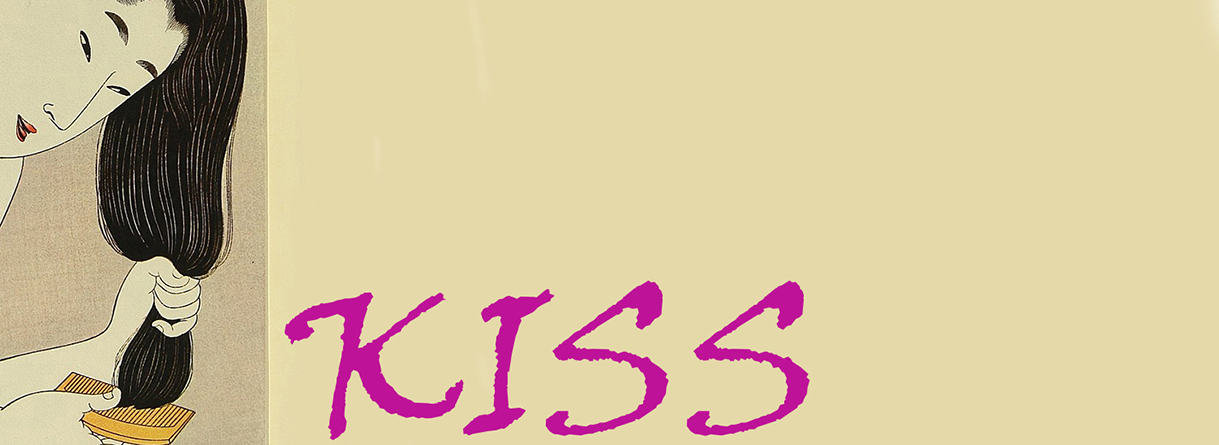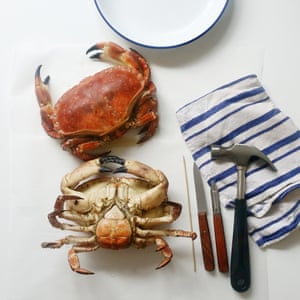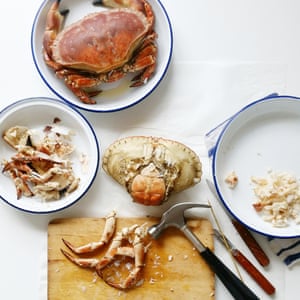Poster poems: nursery rhymes
Billy Mills
Friday 1 april 2016
For most of us, our first exposure to the joys of verse was when we listened to parents or teachers reciting nursery rhymes and learned to repeat them ourselves. The pleasure in rhyme, rhythm, image and repetition that kids derive from these poems is sometimes lost as we grow older, but for most of us it never fully goes away; it morphs into a delight in song, or indeed poetry.
Given the hold they can have over our imaginations, it’s hardly surprising many poets have drawn on nursery rhymes as a source of inspiration. Sometimes this results in a poem that is closely based on a particular rhyme, in other instances it can be more to do with a general tone.
One of the most popular examples of the latter is Robert Louis Stevenson’s A Child’s Garden of Verses, in which a poem such as The Swing sounds like a nursery rhyme, but not any specific one. Of course, Stevenson was writing for children, unlike Lorine Niedecker, whose first book, New Goose, was a reworking of the Mother Goose rhymes for Depression- and second world war-era America. In poems such as Remember My Little Granite Pail?, Niedecker used the nursery mode to reflect on the importance, the centrality, of the everyday world of small things.
Many of the most popular nursery rhymes have dark undertones: echoes of war, death, fire and famine abound. Written at around the same time that Niedecker was working on her New Goose poems, Julian Bell’s Nonsense sits in this tradition, recasting Sing a Song of Sixpence as a complaint against financial inequity and aerial warfare. TS Eliot’s use of London Bridge is Falling Down at the end of The Waste Land is, if anything, even darker, especially when you remember that, earlier in the poem, the bridge was the site of Eliot’s vision of a Dantesque vestibule of hell.
In her poem Solomon Grundy, Alice Oswald takes the opposite tack, converting the fatal weekend of the original into a transformative, magical coming-of-age, in which the eponymous Solomon blooms, and is transformed into something very like a butterfly or a poet. In November, Late in the Day, John M Ridland takes the basic situation of Hey Diddle Diddle and also transforms it, but this time into a less overtly magical, domestic milieu. Mind you, there’s nothing wrong with a piping hot cup of tea on a cold winter’s night.
Lewis Carroll frequently rewrote well-known rhymes, and one of his most intriguing reworkings is Twinkle, twinkle little bat . The pleasure to be had from reading this poem comes from two sources: first there is the mad logic of fitting something as deeply un-twinkly as a bat into the original, and second, the suspicion that Carroll had the Dormouse interject when it did because he couldn’t come up with any more rhymes to fit.
I’d like to finish this quick look at nursery-rhyme inspired poems with two of the very best. Elizabeth Bishop’s Visits to St Elizabeths uses the iterative structure of The House that Jack Built to record a series of visits to Ezra Pound in the hospital where he was incarcerated, having been found psychologically unfit to stand trial on charges of treason. Bishop uses the structure to build a rich picture of a complex situation through apparently simple means, and the poem is among her finest.
James Joyce’s The Ballad of Persse O’Reilly, taken from Finnegans Wake, is an entirely different beast. Starting with the familiar story of Humpty Dumpty, Joyce weaves elements of Irish history and politics with the Wake’s dream logic to create a ballad that can be sung, but perhaps not fully understood, much like most nursery rhymes.
So this month’s challenge is to write a poem inspired by or based on a favourite childhood rhyme. Perhaps your sense of these poems is of innocent sweetness, or maybe you prefer to focus on the darker underbelly. One way or the other, why not share your rhymes here with the rest of us?





%2B(1).jpg)













